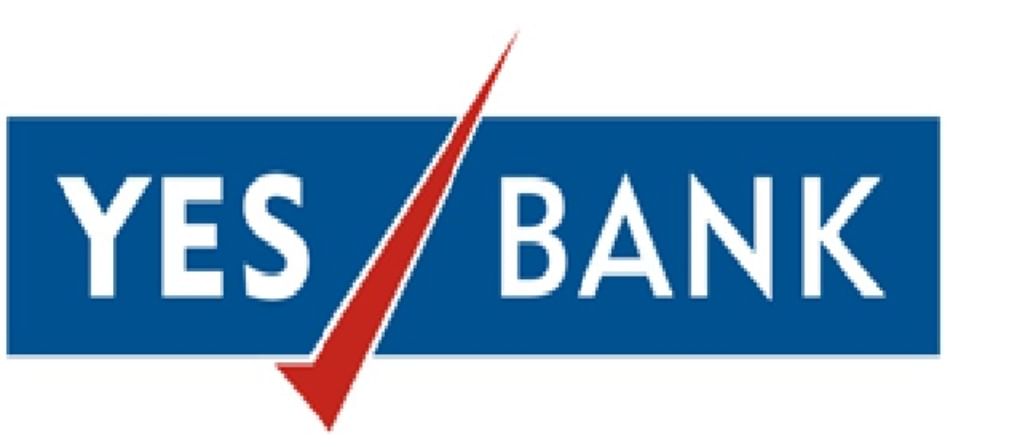YES Bank reports Q3 net at Rs 147 crore; Covid ups stressed assets
Private sector lender YES Bank on January 22 reported a consolidated net profit of Rs 147 crore for the December quarter and a jump in asset quality stress due to Covid-19. The bank had posted a loss of Rs 18,564 crore in the year-ago period, when it recognised all the hidden stress in the balance […]

Private sector lender YES Bank on January 22 reported a consolidated net profit of Rs 147 crore for the December quarter and a jump in asset quality stress due to Covid-19.
The bank had posted a loss of Rs 18,564 crore in the year-ago period, when it recognised all the hidden stress in the balance sheet, while the same number stood at Rs 120 crore in the quarter-ago period.
The private lender had to be bailed out by a consortium led by SBI last March on troubles with the loan book.
Its MD and chief executive Prashant Kumar told reporters that this is the third straight quarter where the bank has shown a rise in profits and it continues with its de-risking strategy, which led to a marginal rise of only 1.7% in advances to Rs 1.69 lakh crore.
Kumar said Rs 8,000 crore of assets had to be restructured and another Rs 7,000 crore are standstill non-performing assets, which would have had to be classified as NPAs if not for a Supreme Court order not to classify certain assets as NPAs, and stressed that the issues are because of Covid-related stress even though the accounts may be old.
If one adds the newly created stressed pool of restructuring and standstill NPAs to the reported gross NPAs of 15.36%, the stressed pool comes to 20% , which is higher than what the bank had experienced in the year-ago period after the accelerated recognition of stress, he admitted.
However, Kumar said over 15% of the stress is temporary, arising because of the Covid in legacy accounts, and pointed out that the sticky NPAs are only 4% of the reported GNPAs.
The level of the GNPAs seems higher at 20% because of shrinkage in the book, he added.
With the increase in stressed assets, its provisions or the money set aside to take care of reverses on loans also went up. Its overall provisions stood at Rs 2,198 crore as against Rs 1,187 crore in the quarter-ago period, and included over Rs 765 crore for Covid-related provisions, he said.
Kumar said the bank is carrying adequate provisions at present, and the Covid-related buffer is Rs 2,683 crore as of December 31, 2020.
“Out of the restructured book, we are not seeing any risk at all. This would be standard restructuring. The NPAs are not sticky NPAs, more temporary. The improvement will happen very fast,” he said.
The bank, which had cash recoveries of nearly Rs 1,500 crore during the reporting quarter, is aiming to recover another Rs 2,000 crore in the fourth quarter, Kumar said. He added that its overall recoveries – most of them are from corporates – in the first nine months of the fiscal stand at Rs 2,900 crore and over Rs 2,430 crore have been written back as profits.
The net interest income of the lender came at Rs 1,197 crore which was up by nearly 70% when compared to the September quarter. But Kumar said part of it will have to written-back once the Supreme Court judgement on standstill accounts comes in.
During the quarter, it disbursed over Rs 12,000 crore to retail and small business segments as against Rs 6,800 crore in the September quarter, while the corporate disbursements stood at Rs 2,000 crore consisting majorly of working capital for mid-sized companies.
The bank looks at the disbursements being at a similar level in the fourth quarter, Kumar said, raising questions over the demand in the economy.
The bank is targeting for a credit growth of 12% in FY22, which will be driven largely by a 20% growth in retail, Kumar said, adding that a larger share of the incremental advances will keep going to retail, which now forms 28% of the overall book as of December.
The net interest margin came at 3.4%, but the same is not sustainable as once the SC ruling on standstill accounts comes in, there will be interest outgo, Kumar said, adding that it targets to maintain the number above 3% in FY22.
The expenses reduced by 13% on the back of specific strategies, Kumar said, adding that it has formulated a work from home plan for employees, which will save Rs 20 crore per year of rental expenses at the corporate office alone.
The bank scrip slipped 1.45% to Rs 17 apiece on the BSE.